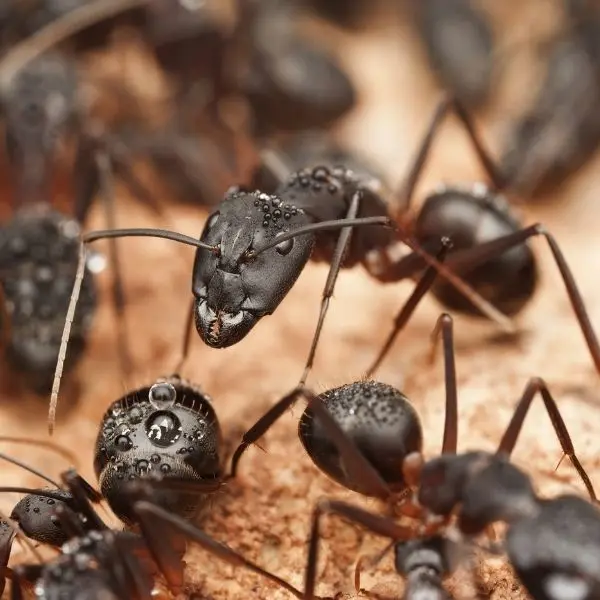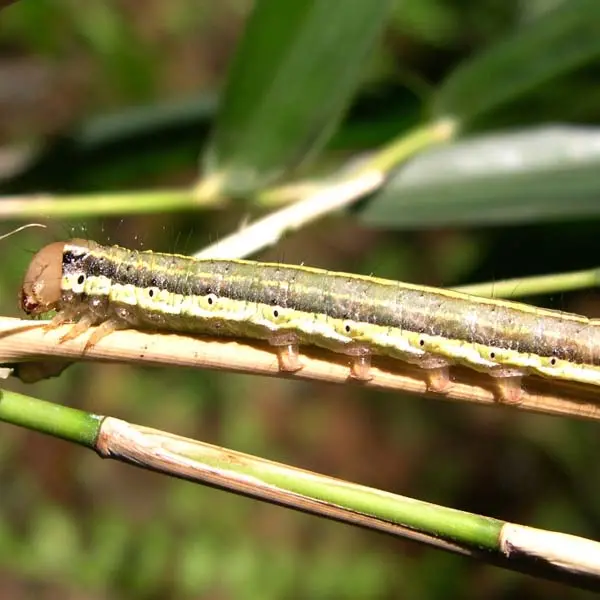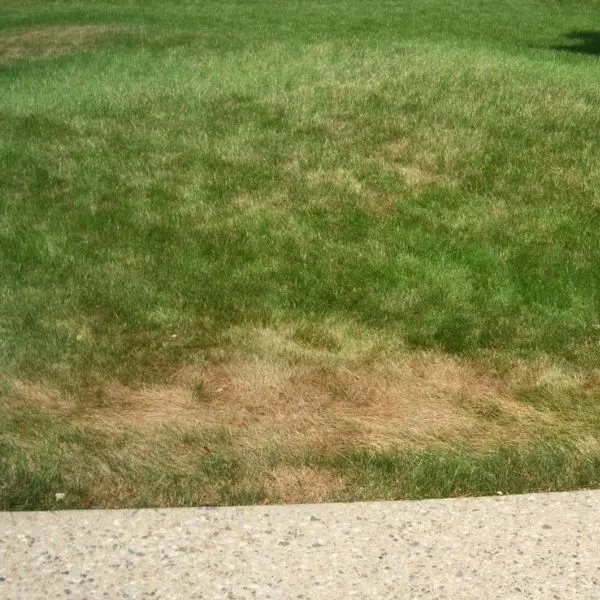Pest Control

Controlling and Preventing Lawn Grubs
Are lawn grubs making a meal of your turf? Find out how to fix the problem before complete lawn repair is required.

Controlling Ants of North America
There are over 400 species of ants that inhabit North America. These pests are often seen as a nuisance but they also provide benefits to our environment. Learn more about them and how to best control them.

Identifying and Controlling Millipedes and Centipedes
Are millipedes and centipedes bad for your lawn care? They actually help return lawn fertilizing nutrients to the soil. Find out more.

Controlling Fire Ants
Fire Ants can be identified by their reddish color, small size and fiery sting. Learn more about these insects and how to control them.

Controlling Cottony Maple Scale
Maple Scale insects are identified by a hard shell that protects them from predators and the weather. Learn more about how to control them.

Treating your Lawn for Fleas and Ticks
If you have a heavy infestation of fleas and/or ticks, ridding your pets and property of these irritating insects is a little more complex than a treatment of your lawn. Learn more about the steps to rid your home of these insects.

The Benefits of Earwigs in your Landscape
Earwigs make up a beneficial part of the garden environment, but have received a ‘bum’ rap because of some old folk tales. Here's how they received their name, and the advantages of this member of the insect world.

How to Identify and Repair Sod Webworm Lawn Damage
Sod webworms attack many varieties of grass, but are especially deadly on bluegrass lawns. Find out what you need to do to save your lawn.

3 Tips On How to Fix and Prevent Lawn Damage from Small Animals
What attracts any type of insect-eating varmint to your property? A free meal! Raccoons, skunks, moles and other rodents don't mind tearing up your lawn for a tasty treat. Learn ways to prevent and protect your lawn from damage.

Identifying and Controlling Armyworms
Armyworms are plump, careless, striped caterpillars that feed on grasses and grain crops. Find out more about how to identify these caterpillars and ways to control them.

Identifying Lawn Damage from Mole Crickets
Mole crickets can cause a lot of damage to your yard and lawn in virtually every type of warm season grass. Learn more about how to control these insects before they damage your lawn.

How to Control Damage from Snails and Slugs
Snails and slugs come out at night and feed on ornamental plants in your yard causing damage and making your landscape plants less attractive. Learn how you can save your landscape.

How to Control Squirrels: Squirrel Problems & Prevention Tips
Squirrels have adapted to city life very well, and can be a major annoyance in terms of grass and lawn care. Learn more about how to control these pesky creatures.

Controlling European Sawfly Larvae
The European pine sawfly is one of the more common varieties. They feed on Scotch, Mugho, Red, Jack, and other pine trees in the eastern and southern U.S. Learn more about how to control them.

Controlling and Preventing Boxelder Bugs
Boxelder bugs become a nuisance in the late summer and early fall when they congregate on the south sides of buildings, rocks, or trees. Find out how to control these pesky insects.

Controlling Voles
Voles live in vacant fields that may surround some homes as well as under decks, storage sheds, concrete pads, and in landscape beds. Find out the best way to control these animals.

How to Identify and Control Crane Flies
The larva of adult crane flies feed on grass plants from late fall through spring. Find out the best way to control them.

How to Control Chinch Bugs
Young chinch bugs do the worst damage by piercing the cells of the grass blades and sucking the sap. The blades that are attacked turn yellow, then brown, and then they die. Learn how to control them.
